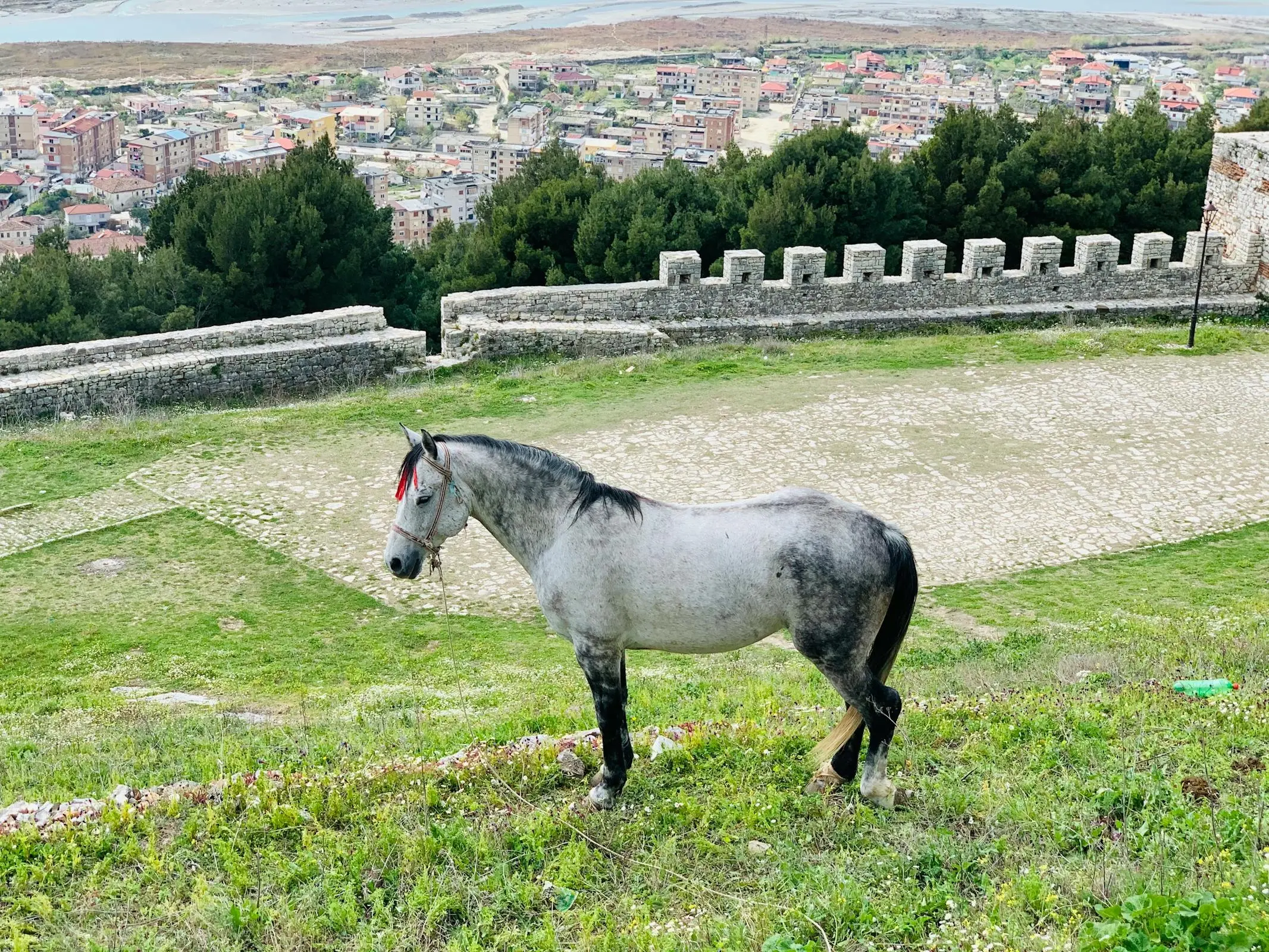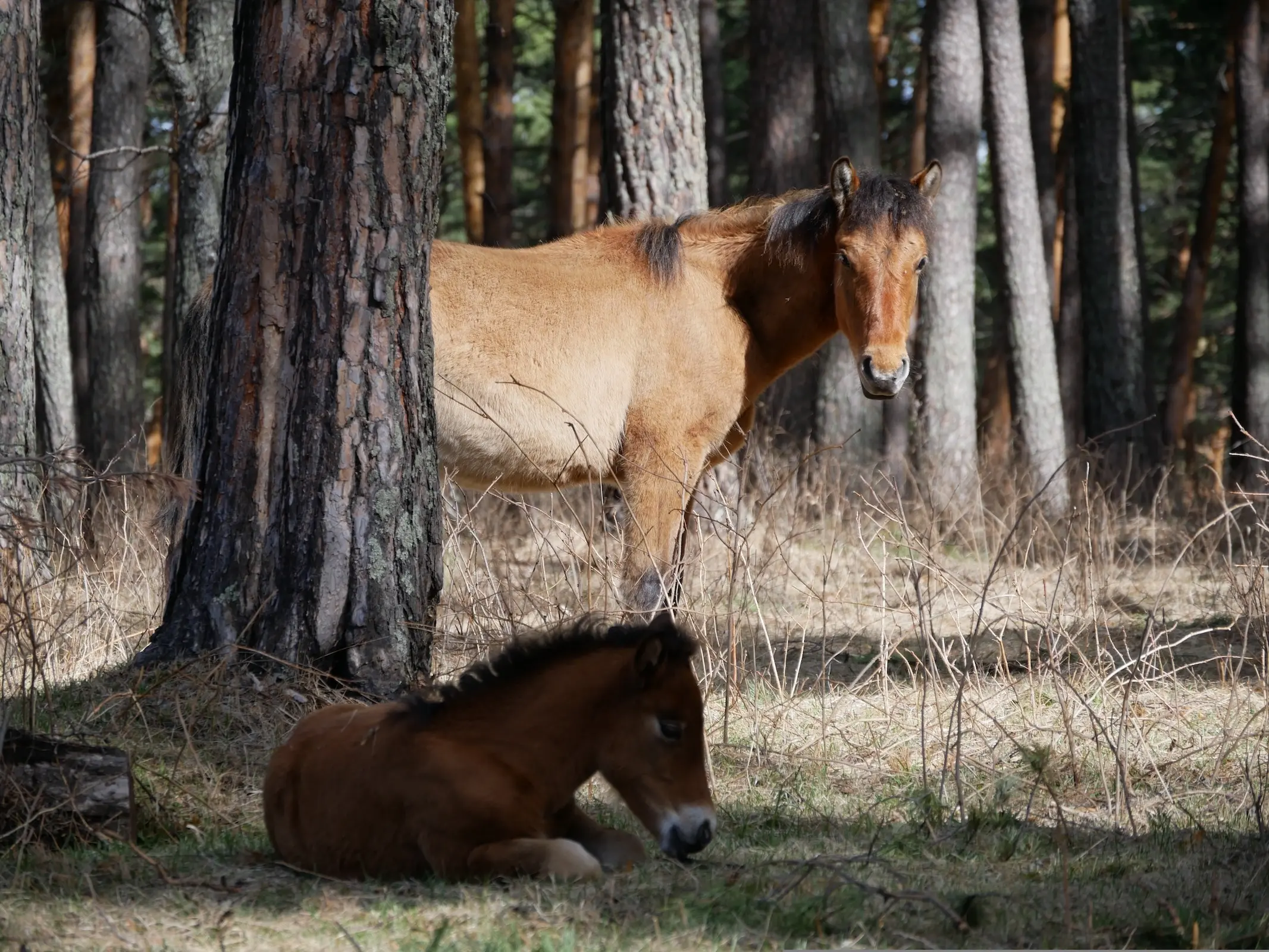
Named for the Altai mountains they have probably roamed for millennia, this is an ancient breed of the Siberian Pony type and among the oldest breeds of Siberia. Altai horses are extremely hardy and surefooted, shaped by a climate of extremes and harsh geography.
Read more
Horseology Category
Algerian Barb Horse – Breed Spotlight
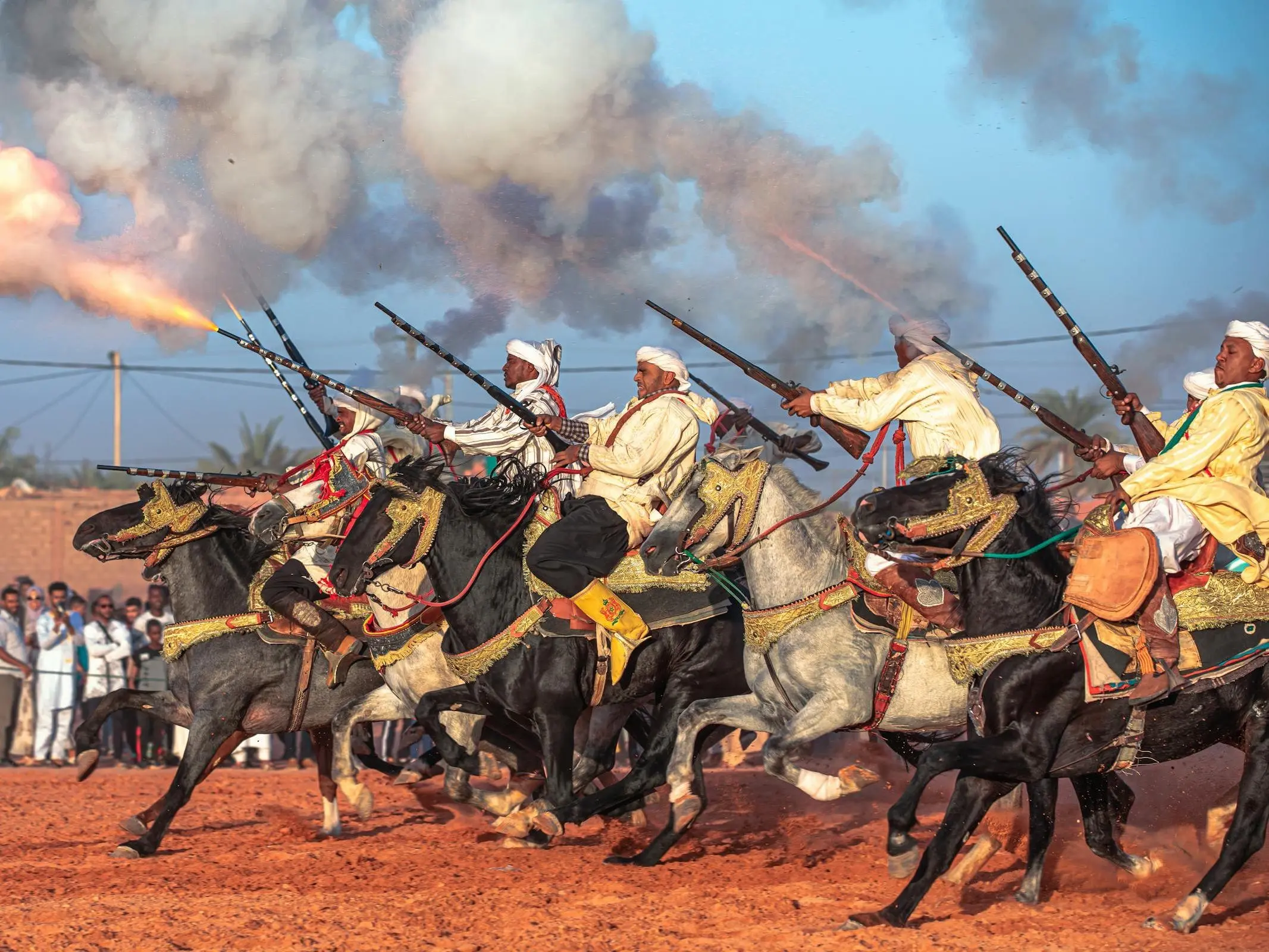
The Barb is considered native in Algeria and their strain of these mighty bloodlines are incredibly handsome. Built for war in the desert, Barbs have a style all their own and the Algerian Barb rivals the Moroccan Barb for their handsome bearing (in our opinion).
Read more
Algerian Arabian-Berber Horse – Breed Spotlight
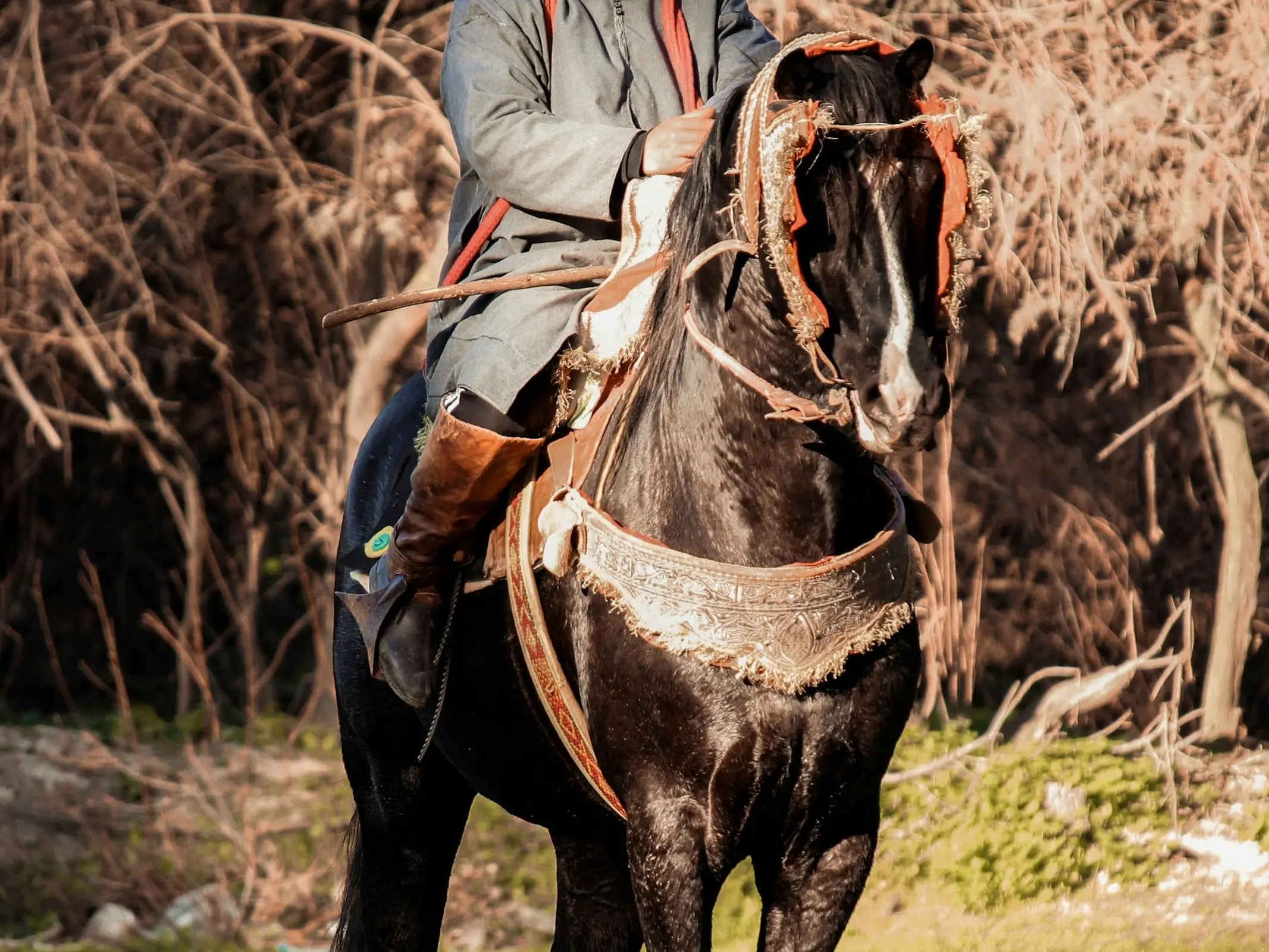
Both the Arabian and Barb have strains native to Algeria. In fact they are the only two breeds found in the country, aside from their handsome cousin, the Algerian Arabian-Berber.
Read more
Alberta Wild Horses – Breed Spotlight
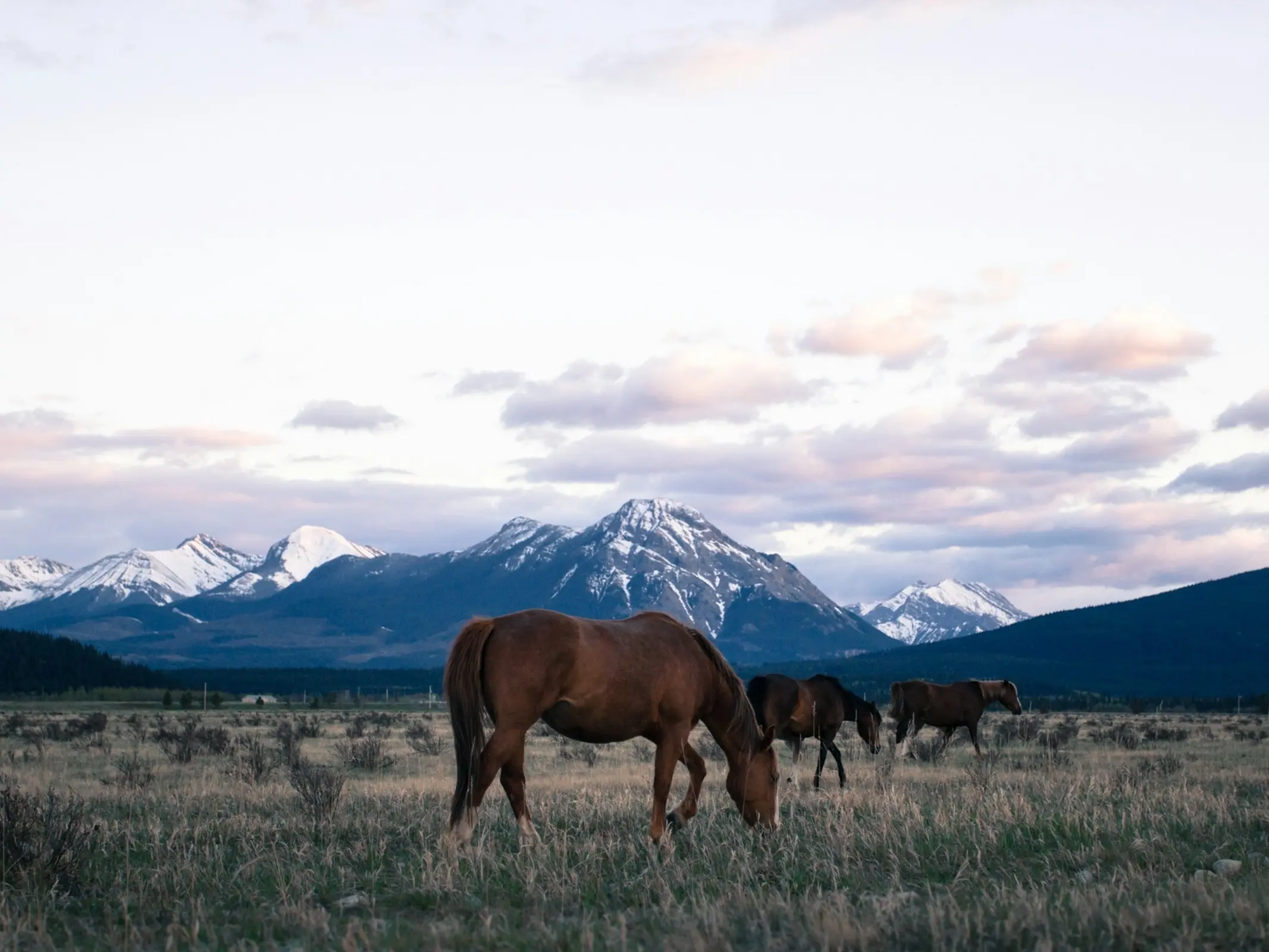
There are feral horse herds found throughout both American continents, from Chile to Canada. Alberta Wild Horses have been documented in the province since the early 17th century, likely originally introduced by the French.
Read more
Albanian Horse – Breed Spotlight
Al-Arabi Horse – Breed Spotlight
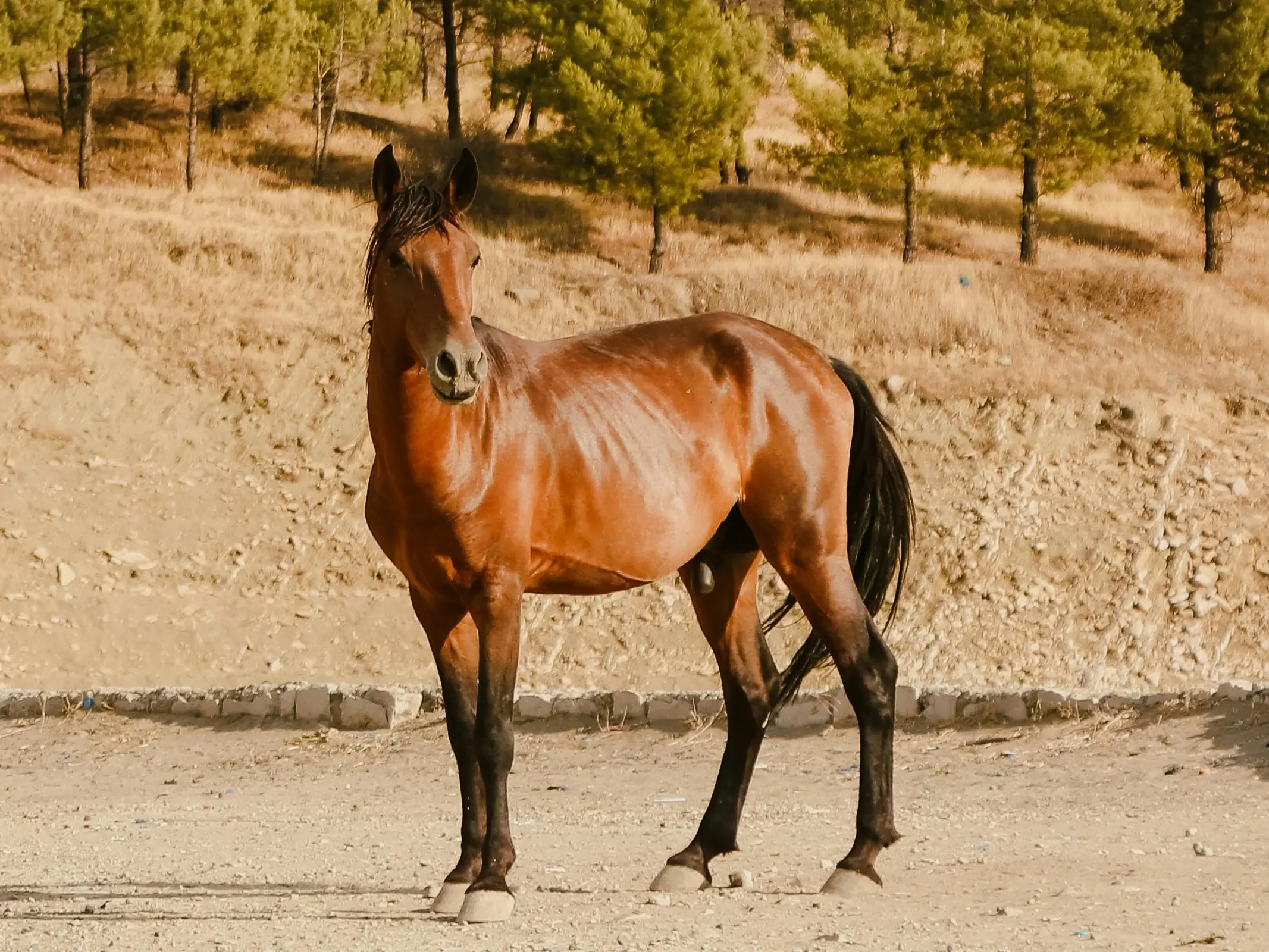
The Arabian horse breed has existed for so long that many different countries have developed strains which could be considered native. The Al-Arabi is an Arabian bred specifically in Iraq.
Read more
Akhal-Teke Horse – Breed Spotlight
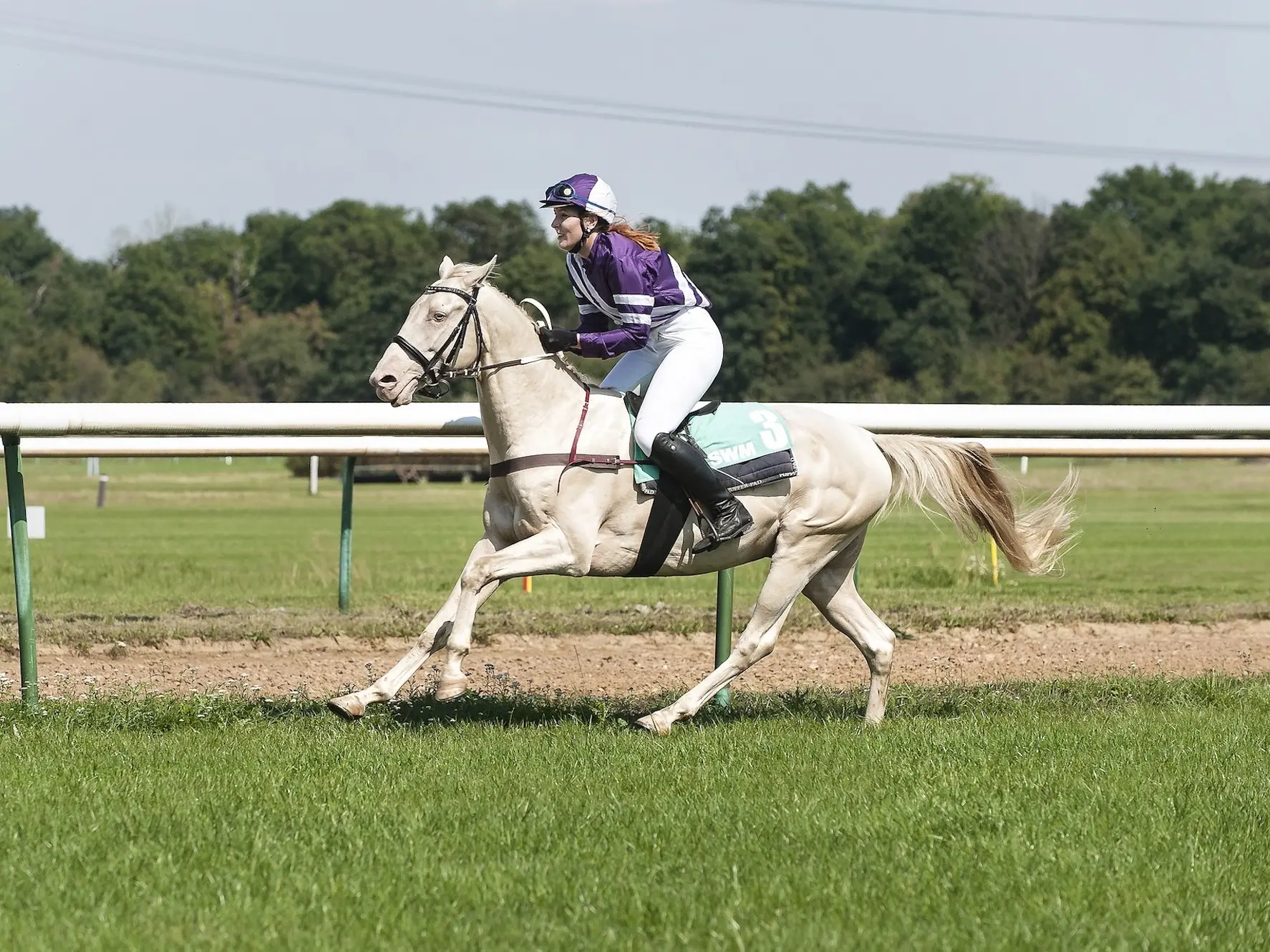
Most horse lovers know the distinctly sleek Akhal-Teke profile and signature gleaming coat. They are the greyhounds of the horse world and have a long, distinguished history.
Read more
Ainos Pony – Breed Spotlight
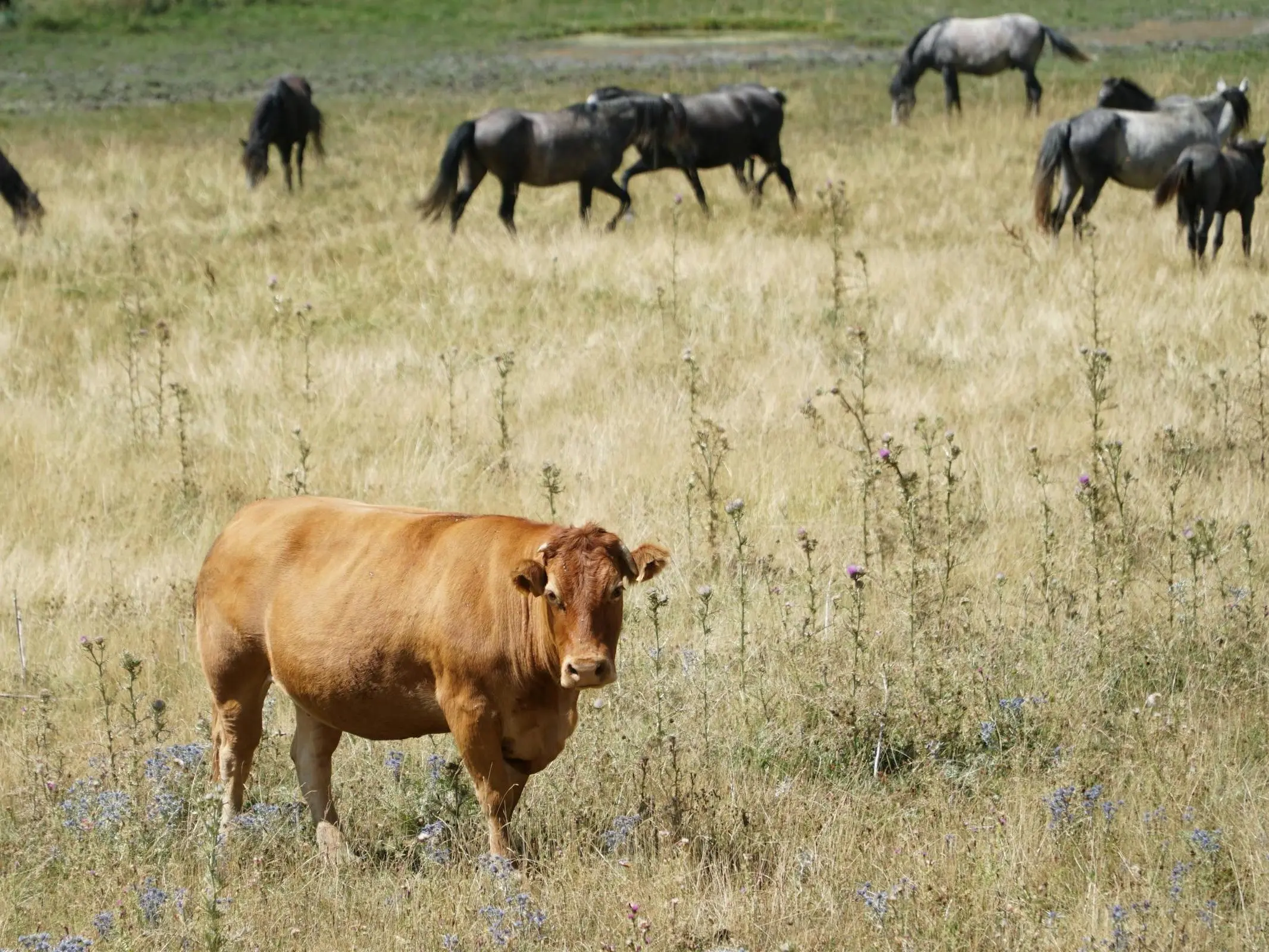
An incredibly rare pony breed, the few remaining Ainos Ponies can only be found on the island of Cephalonia in Greece. Descendants of the Pindos Pony, which are a small, sturdy mountainous breed.
Read more
Aegidienberger Horse – Breed Spotlight
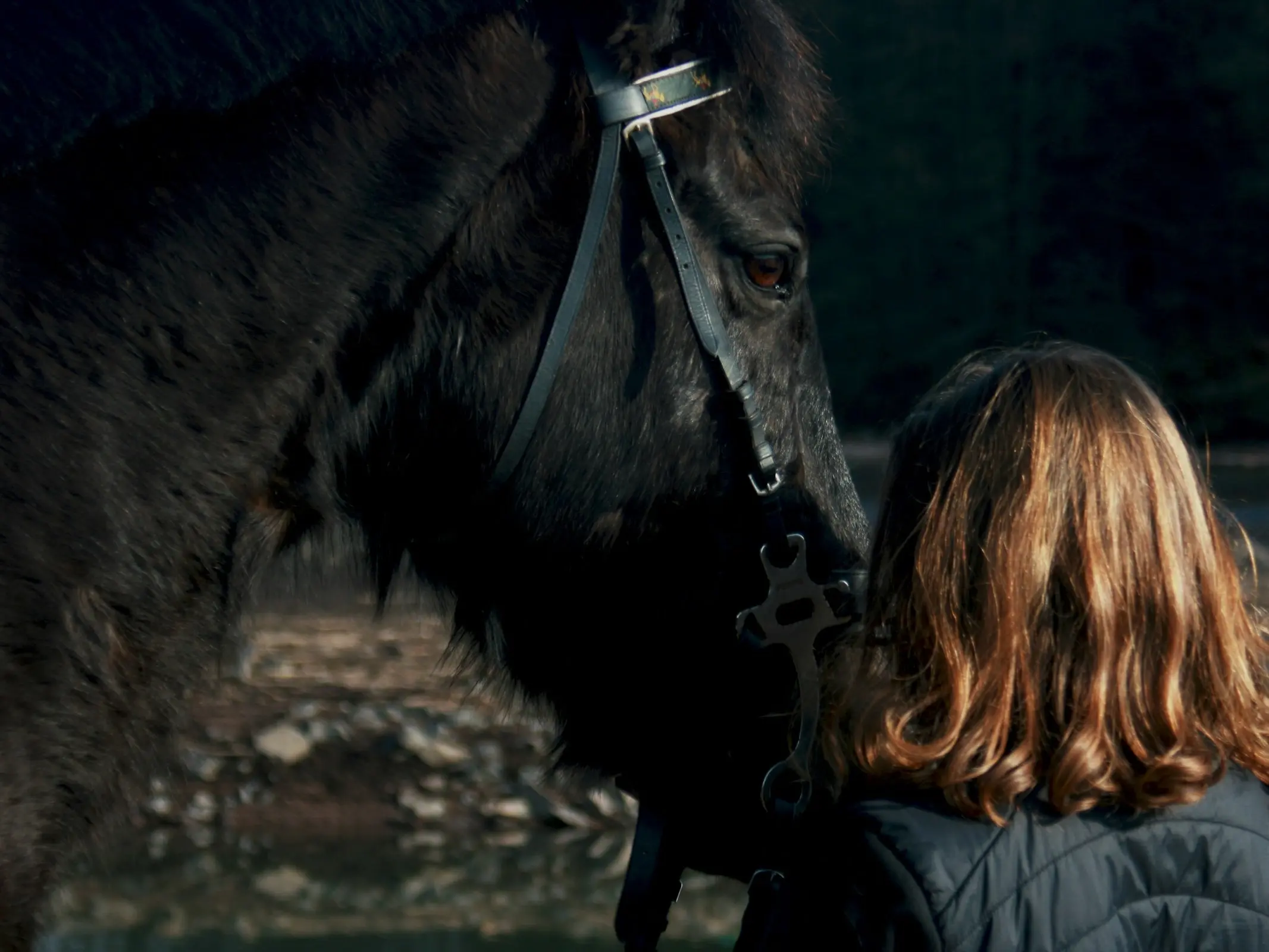
A relatively new breed, Aegidienberger horses are a cross between the smooth-gaits of Peruvian Pasos with the tölt of hardy little Icelandic Horses. The resulting cross is a stout-but-handsome, gaited animal which is hardy in almost any climate.
Read more
Adaev Horse – Breed Spotlight
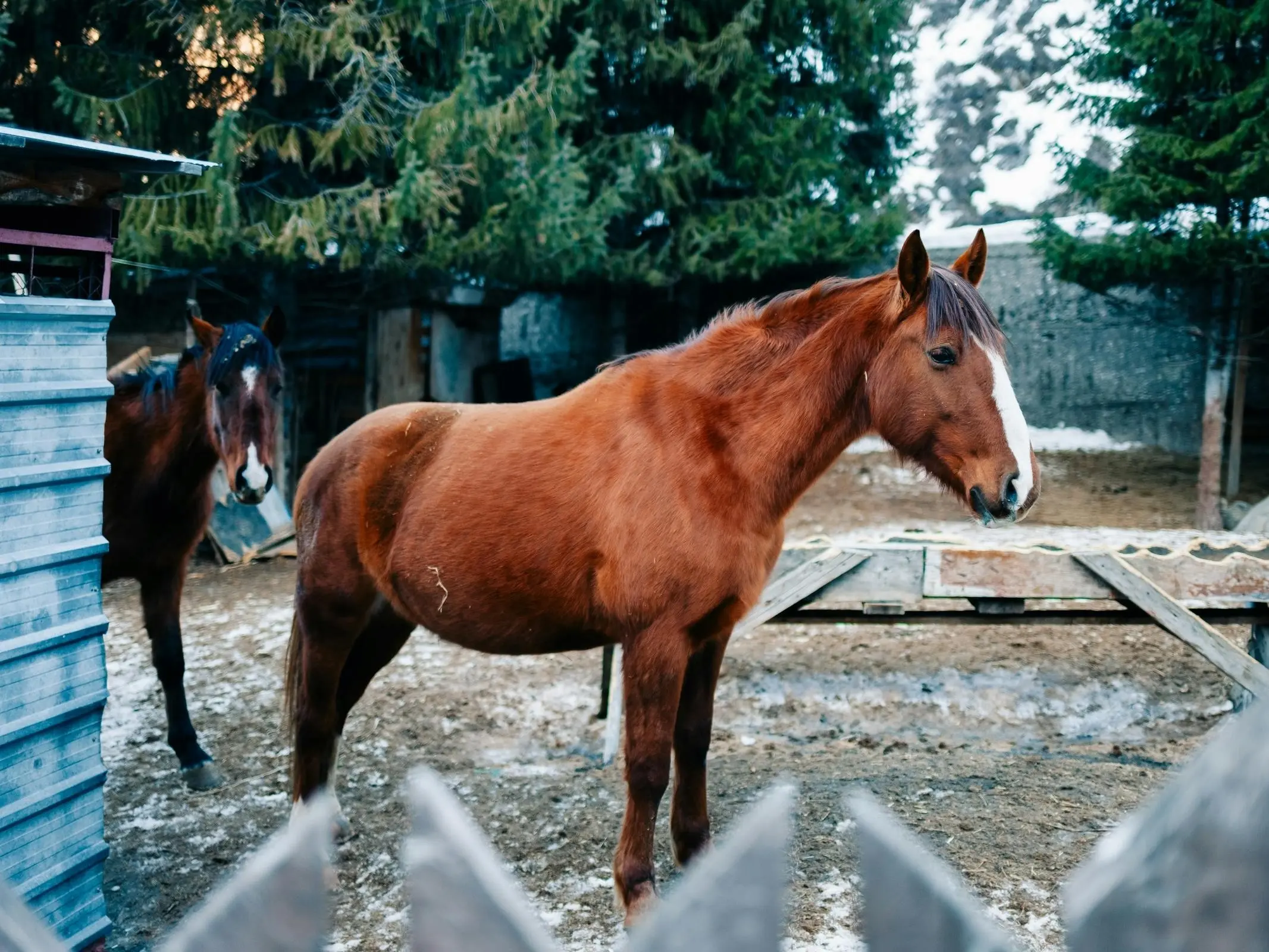
The hardy Adaev Horse breed is a small strain of the Kazakh family, found specifically in the Caspian depression.
Read more
Abyssinian Horse – Breed Spotlight
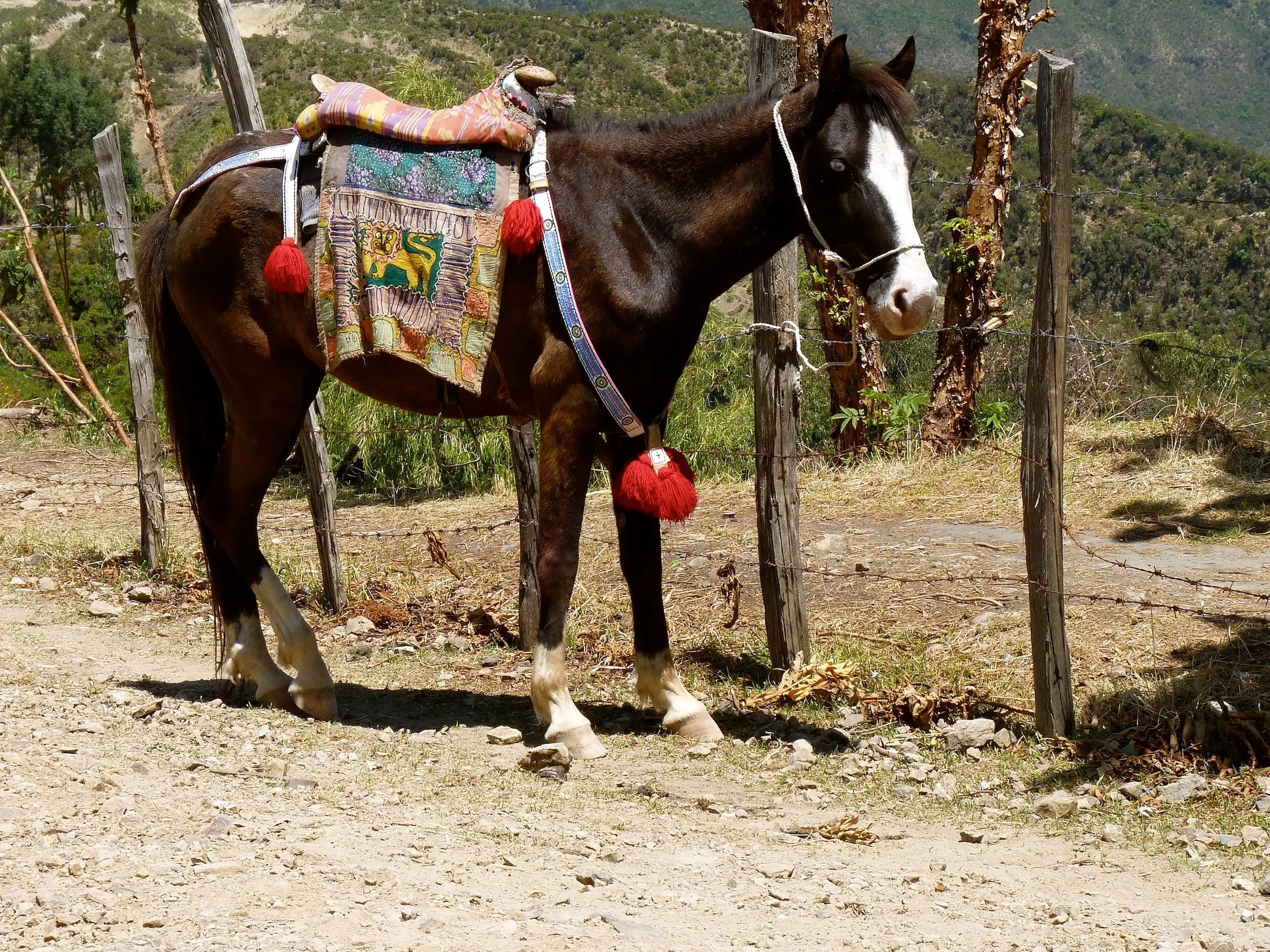
The Abyssinian horse breed is typically found along the Semien Mountains in northern Ethiopia, however this is an old breed and they have been in the region for a very long time.
Read more
Abtenauer Horse – Breed Spotlight
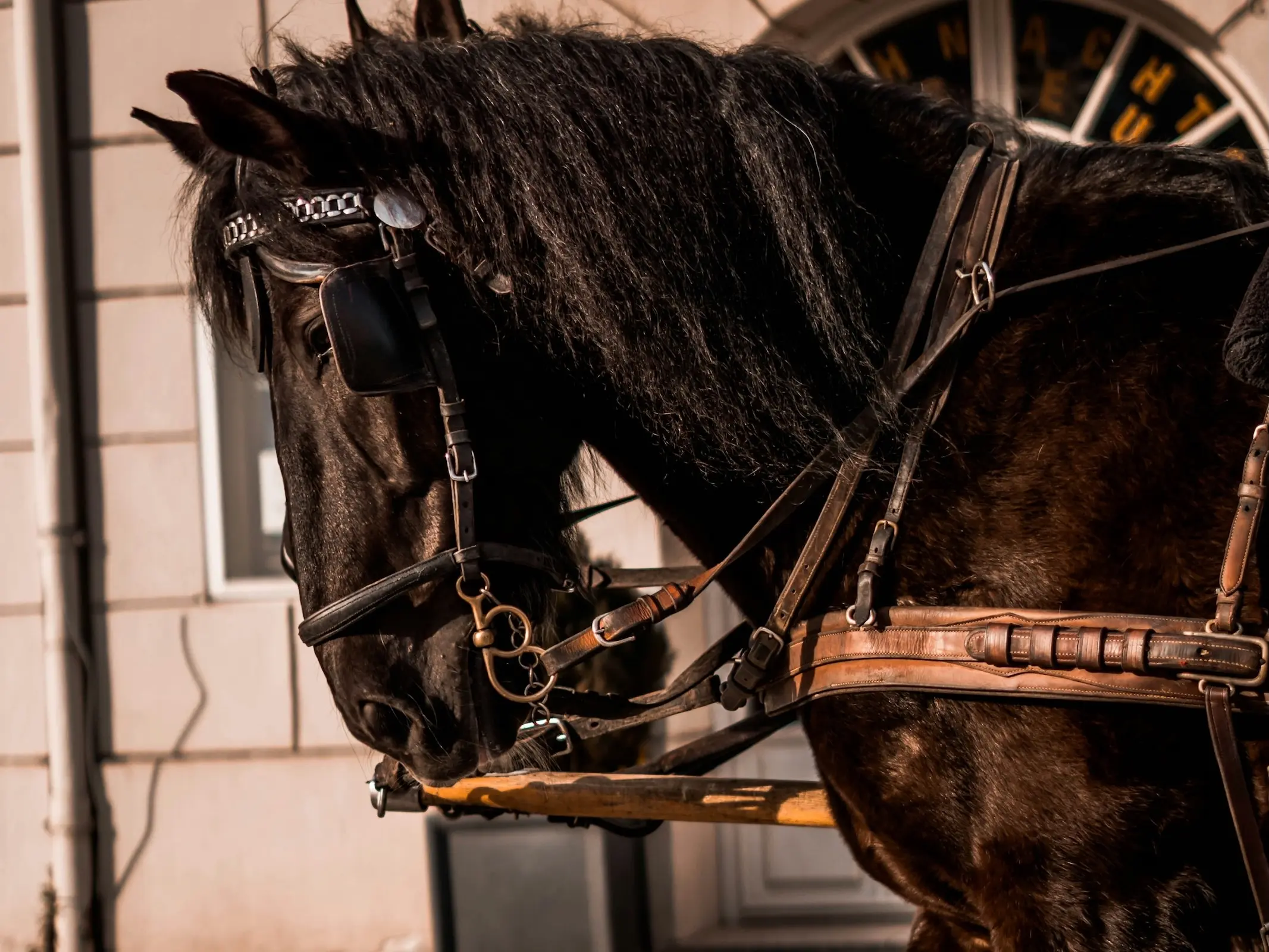
The Abtenauer is a strain of Noriker Horse and generally considered the smallest within the type. They are a rather mysterious breed and rarely found outside of their cradle in the Abtenau Valley.
Read more
